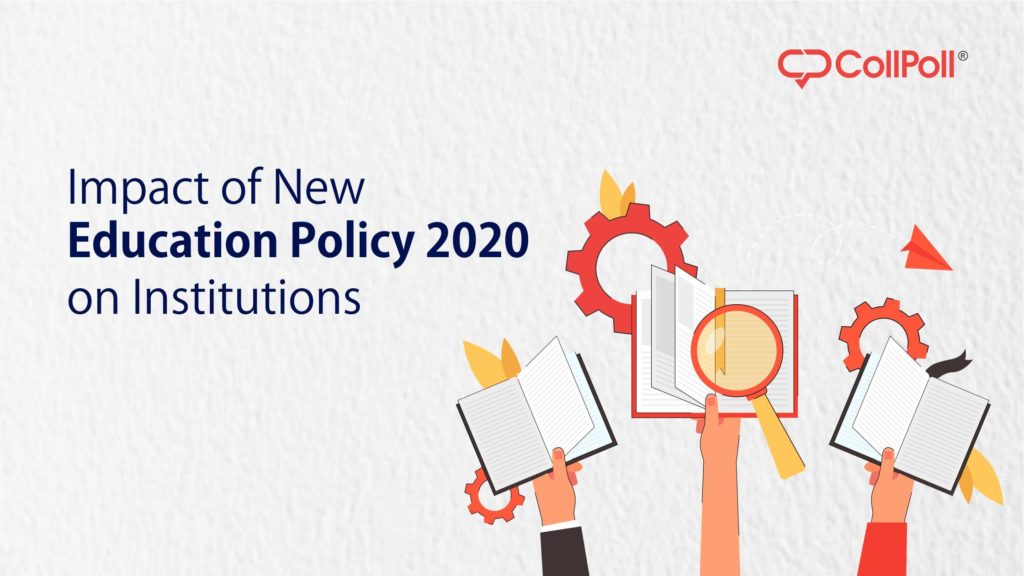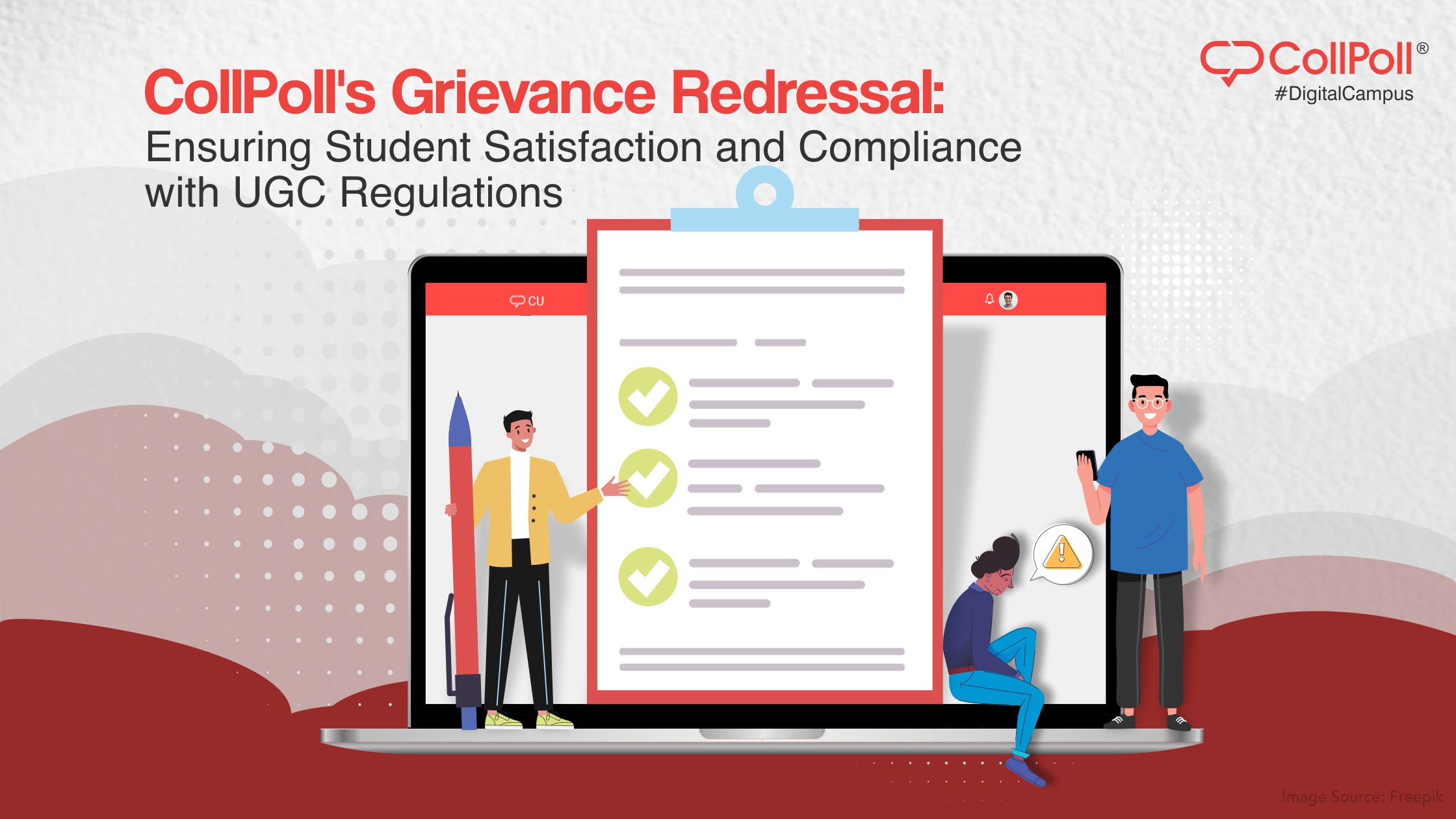The New Education Policy & Its Impact on Higher Education Institutions
The first-ever National Education Policy was announced in 1968, and since then, it has gone through several modifications every few decades. It was revised in 1986, then in 1992, and again in 2020. On July 29, 2020, the Indian education system witnessed a historic day when the Ministry of Education made significant reforms in the education structure under NEP 2020.
The New Education Policy 2020 replaced the decades-old policy, introducing a holistic, inclusive, and participatory approach to the education system. It was a progressive shift in the culture, with foundational pillars of Equity, Access, Affordability, Quality, and Accountability. If executed in its true vision, the policy has the potential to bring India into the league of other developed countries in the world by transforming it into a global knowledge superpower. It aims at tapping into the unique capabilities and skills of each student with its flexible and multidisciplinary model.
The new policy has evolved the way institutions offer higher education, bringing major changes at different levels. To understand its impact, let’s look at a few details.
How NEP 2020 is set to Transform Higher Education Institutes
- Holistic and Multidisciplinary Education
Students can bring multidisciplinary subjects and vocational courses together and learn at their pace. For undergraduate education programs that run for 3-4 years, NEP policy 2020 allows ‘multiple exit options’ & rewards relevant ‘certification’ within the graduation tenure. When students complete one year, they receive certification, after two years- an advanced diploma, three years of successful completion- a bachelor’s degree, and after four years of UG- a degree for research intelligence. The efforts are also in progress to establish Multidisciplinary Education and Research Universities (MERUs), which will be on the lines of IITs and IIMs to globalize educational standards. Also, a National Research Foundation will be the apex body to motivate research culture among students. - Regulation
The Higher Education Commission of India (HECI) will be an umbrella body to monitor higher education, with the exception of medical and legal education. Its four independent verticals include National Higher Education Regulatory Council (NHERC) for regulation, Higher Education Grants Council (HEGC) for funding, General Education Council (GEC) for standard-setting, and National Accreditation Council (NAC) for accreditation. This tech-powered apex body will work without human intervention and penalize HEIs that fail to comply with norms and standards. - Motivated, Energized, and Capable Faculty
One of the main NEP 2020 highlights is its recommendation for highly motivated, skilled, and energized faculty. The teachers will be handpicked through a transparent and well-defined recruitment process. The proposal also focuses on incentivizing excellence, freedom to design curriculum/pedagogy, and encouraging institutional leadership. If they couldn’t adhere to the basic norms, the faculty will be held accountable. - Teacher Education
The suggestions were made to introduce a comprehensive National Curriculum Framework for Teacher Education, NCFTE 2021. The NCTE will prepare it in consultation with NCERT. Also, the authorities will take strict actions against substandard stand-alone Teacher Education Institutions (TEIs). - Mentoring Mission
According to the New Education Policy 2020, a National Mission for Mentoring will be built with an experienced and knowledgeable faculty. It will also include those with proficiency in teaching Indian languages and who can support teachers in the short and long term. - Financial Support for Students
Merit-based incentives were announced for those who belong to SC, ST, OBC, and other SEDGs. Private institutions were encouraged to offer more scholarships to talented and deserving students who come from financially weak backgrounds. And those who were already receiving scholarships, the National Scholarship Portal was asked to foster and track their progress. - Open and Distance Learning
With the vision to increase gross enrollment ratio (GER), National Education Policy 2020 introduced several measures, including enough funding for research, online courses & digital repositories, dedicated student services, credit-based recognition of MOOCs, etc. The goal was to make distance learning as effective as in-class programs. - Online Education and Digital Education
Online education was another pressing topic of NEP 2020, considering the rise of the pandemic and the sudden need to adapt to digital learning. A committed unit was created in MHRD to look after the digital infrastructure and content for higher education institutions and schools. It ensures that students get quality and regular education whenever in-person classes are impossible. - Financing Education
The Centre and States authorities will make equal efforts to increase the public investment in the Education sector to 6% of GDP. - Adult Education
Among the key features of the New Education Policy 2020, adult education was critical. It aimed at achieving 100% youth and adult literacy nationwide.
Summing It Up
The NEP 2020 focused on enhancing the existing education system and making higher education institutions more committed, learner-centric, and complied. To accommodate evolving needs of students, teachers, and parents, a few recommendations were made in the New Education Policy 2021, but the goal was still the same.
Connect with our team at CollPoll to ensure that your higher education institute is working in synch with NEP. Reach out to Accelerate NEP Adoption in Your Institution.





